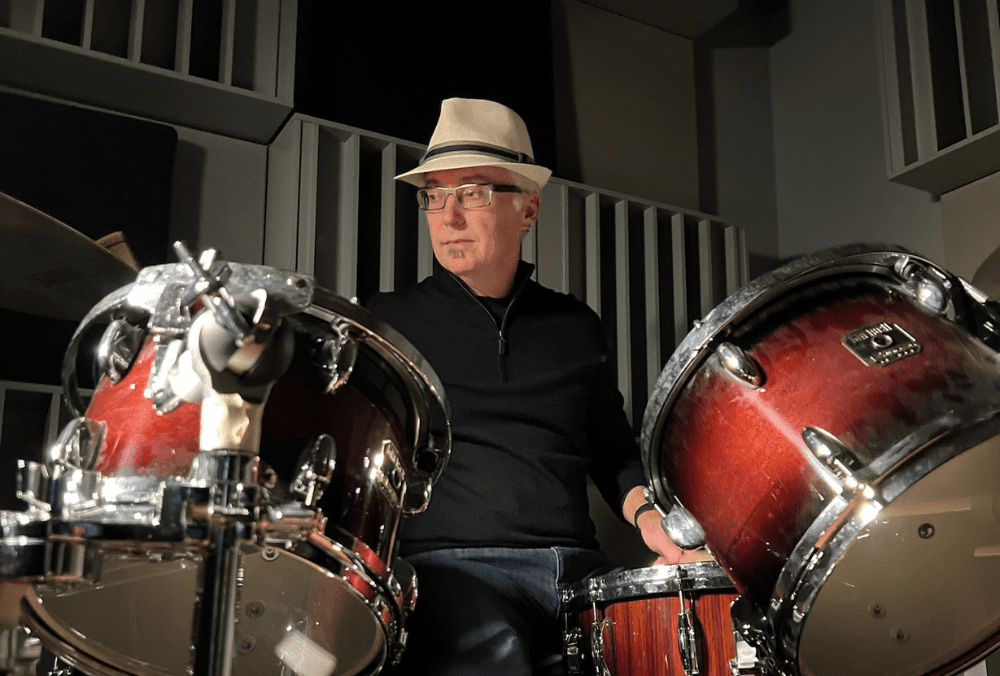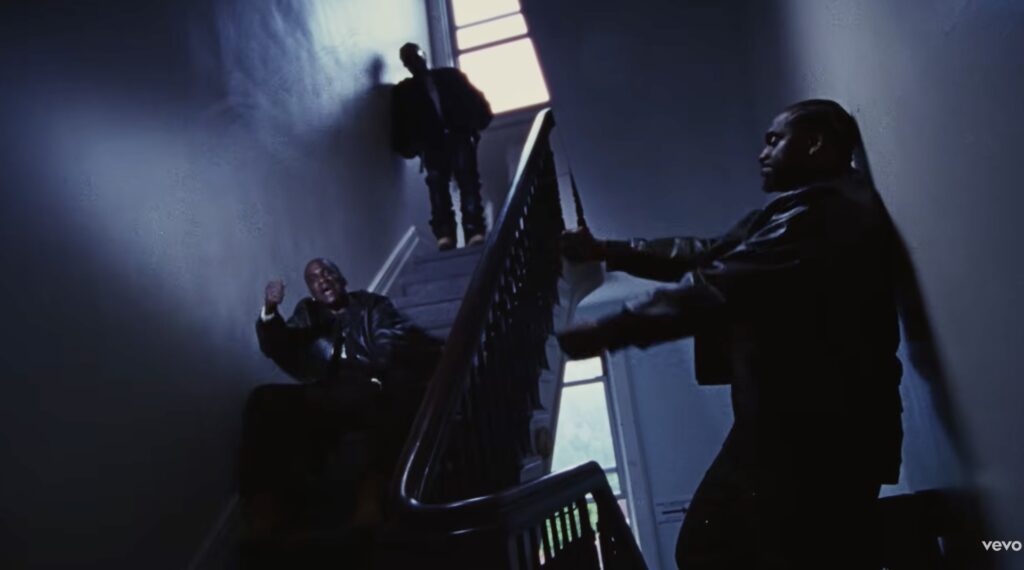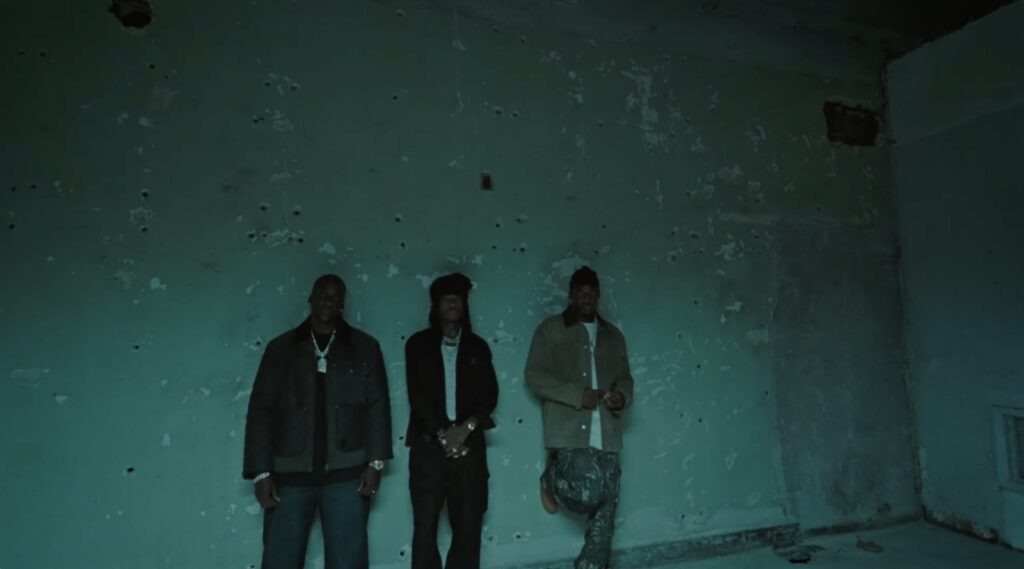Chalumeau’s “Hide” confronts betrayal through a fusion of hard-charging rock urgency and unflinching lyrical directness. The duo, vocalist Katherine Bergeron and producer Butch Rovan, crafts a track that operates as both accusation and catharsis, its structure mirroring the relentless pursuit of truth in the wake of deceit. Conceived during a pandemic road trip, the song channels the claustrophobic tension of lockdown into a sonic cross-examination, blending Bergeron’s classically honed vocal precision with Rovan’s genre-defying production.
The lyrics open with a volley of questions—“Was that the best you could do? Were you really a friend?” —delivered in a rhythm that mimics the intensity of a courtroom interrogation. Bergeron’s phrasing opts for a clipped urgency that amplifies the song’s focus on accountability. Lines like “You thought I ought to be satisfied with your hard luck story” dissect the dynamics of manipulation, while the chorus (“Now that I see you, you can’t hide”) rejects evasion with a finality that leaves no room for reconciliation. This unresolved tension reflects the emotional stalemate of betrayal, offering listeners no easy resolution.
Rovan’s production prioritises momentum, layering distorted guitars and a driving backbeat to emulate the song’s thematic chase. The absence of a traditional bridge or instrumental break reinforces the narrative’s insistence on confrontation, while subtle syncopated grooves nod to rhythm and blues, a hallmark of Chalumeau’s approach. This stylistic hybridity aligns with their broader catalogue, which integrates jazz, Afro-Latin percussion, and electronic experimentation, as heard in the politically charged “No Common Ground” and the blues-noir-inflected “Lies.”
The accompanying lyric video of “Hide” literalizes the song’s central metaphor, visualising the futility of concealing truth. Red dominates the palette, evoking danger and visceral urgency, while the pacing mirrors the track’s structural aggression. This synergy between sound and image underscores Chalumeau’s commitment to cohesive storytelling, treating each element as an extension of the song’s emotional core.
Bergeron and Rovan’s academic backgrounds—she a classically trained soprano and academic dean, he a composer specialising in experimental electronics—inform their approach to rock as a narrative tool rather than a static genre. Their work echoes the intellectual rigour of artists like Laurie Anderson or David Byrne, who merge scholarly precision with raw performative energy. This duality positions Chalumeau within a niche of artist-scholars redefining rock’s boundaries, particularly in an era where algorithms often prioritise accessibility over complexity.




